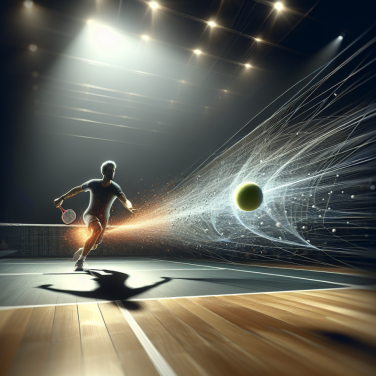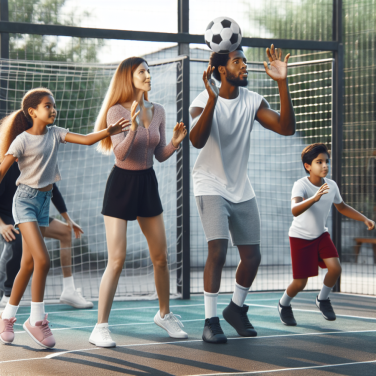Paddling Basics: Mastering Kayaking Techniques for Beginners
Starting your kayaking journey can be a daunting endeavor, especially with the vast array of techniques and skills to master. But, don't let that get you in a bind. With a firm grasp of some fundamental kayaking techniques, navigating the waters becomes an exhilarating experience that connects you closer to nature.
One of the first things you need to grasp is proper seating and posture. Just getting into the kayak might feel a little shaky. But remember to keep your back straight and your stomach tight for stability and power. Your feet should be pressed against the foot pegs, and your knees should be slightly bent and touching the sides of the kayak.
Next, it's time to dive into paddling techniques. You need to get familiar with forward and backward paddling, and sweep strokes for changing direction. Forward paddling, as straightforward as it sounds, requires a specific technique. Hold your paddle with both hands, dip one blade into the water at a time and pull it back towards you, alternating between left and right. The swept stroke, on the other hand, involves a wider arc and is used to turn the kayak in the opposite direction of the stroke.
The backward stroke has a similar action, just in reverse. Start from the hip and push the blade forward without twisting your body until it clears the bow.
To excel in kayaking, mastering the draw stroke is crucial. This helping you move sideways without changing the direction you're pointing. To execute a draw stroke, reach out to one side and plant your blade in the water, pulling it towards the kayak—think of it as drawing the water towards you.
Perhaps the most significant challenge as a beginner is learning how to execute a roll, which can right a kayak that's tipped over. This involves a hip snap and a sweeping paddle stroke. It can be difficult to learn, but with practice and patience, it becomes an intuitive reaction that can save your excursion from being cut short.
One of the top tips for beginners is to familiarize yourself with different water types. The experience of kayaking in calm water significantly differs from fast-flowing currents or the open sea. Start off by practicing in calm, controlled environments, then gradually level up to more hazardous conditions as your abilities increase.
Lastly, even as a beginner, it’s crucial to understand safety precautions and survival techniques.
Read also:
Neppis: The High-Octane World of Miniature Racing
Safety First: Essential Kayaking Gear and Precautions to Consider.
When it comes to kayaking, safety should not be compromised. Engaging with nature can provide a profound sense of joy and peace. However, this activity also comes with a level of risk. Therefore, whether you're a seasoned kayaker or a novice, it is essential to understand and have the appropriate kayaking gear and adopt necessary safety measures to help protect you from potential incidents during your kayaking adventure.
Essential kayaking gear is a gateway to a safer and more enjoyable kayaking experience. In this area, it falls into two categories: What you wear, and what you should have in your kayak.
Let's start with what you wear. The very first thing you need is a Personal Floating Device (PFD) or life jacket. It's not only the law, but it also increases your chances of surviving if you capsize or fall into the water. Ensure that your PFD fits you correctly- too loose, and you might slip out; too tight, and you could struggle to breathe.
Another important wearable piece of gear is the helmet. Especially essential for white-water kayaking or exploration near rocks and obstacles, a helmet protects your head from any unforeseen head injuries. The helmet should fit snugly with straps that don't obstruct your vision or breathing passages.
A wetsuit or drysuit is highly recommended, especially in cooler climates. They provide thermal protection in case you capsize and end up in the water. Alongside this, water shoes are great for protecting your feet from any sharp rocks or objects when entering or exiting the water.
In terms of the gear to have in your kayak, a bilge pump is near the top of that list. If you capsize and manage to right your kayak, it could be filled with water. This handy tool will help get the water out efficiently. A paddle float is another crucial piece of safety gear. This simple device can assist with self-rescue in case you capsize by providing additional stability.
Now let's talk precautions. First and foremost, never kayak alone. Always use the buddy system. In case of emergency, having someone else around can make a significant difference in your safety.
Secondly, beware of changing weather conditions. Always check the forecast before you set off and keep an eye on the skies. Rapid changes in weather can lead to dangerous conditions that can catch you off guard.
In addition, always inform someone on land about your kayaking plans.




